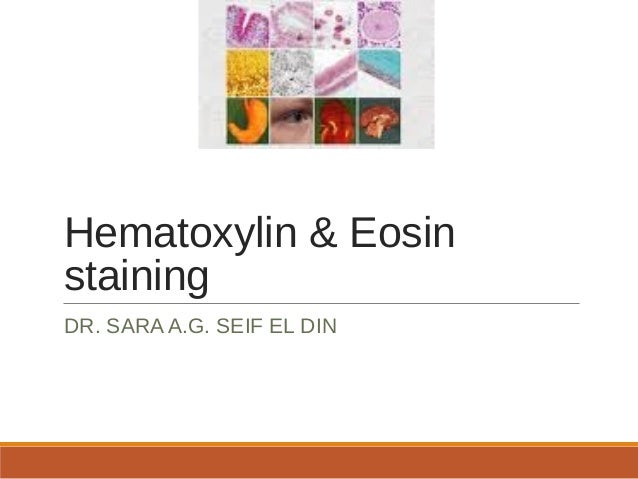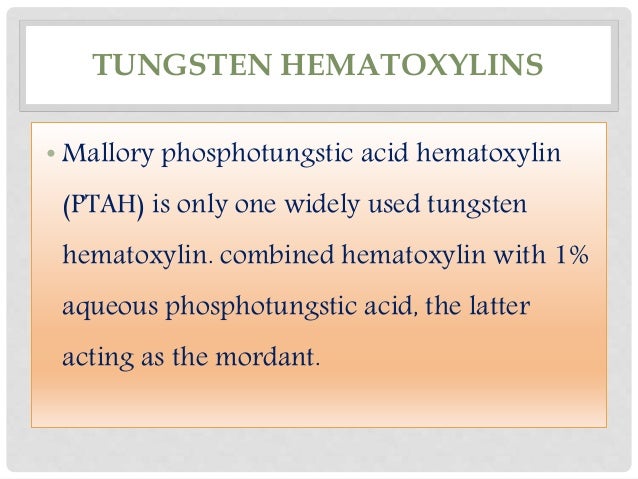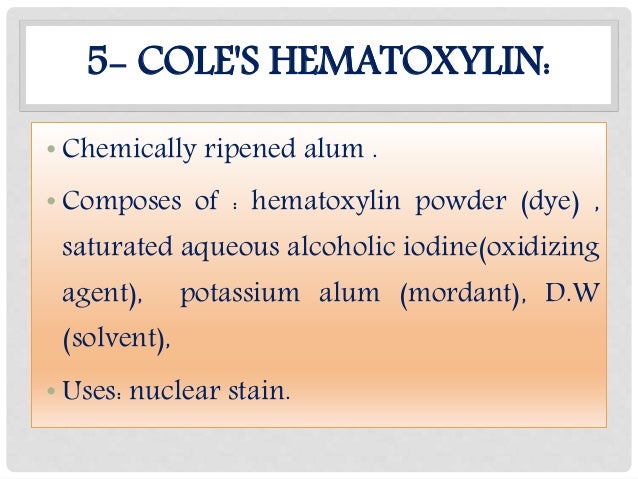Types Of Hematoxylin Dyes
Its actually the oxidation product of hematoxylin hematin which constitutes the dye and not actually haematoxylin itself. A metallic ion bound to a dye that is involved in the binding of the dye to tissue is referred to as a mordant.
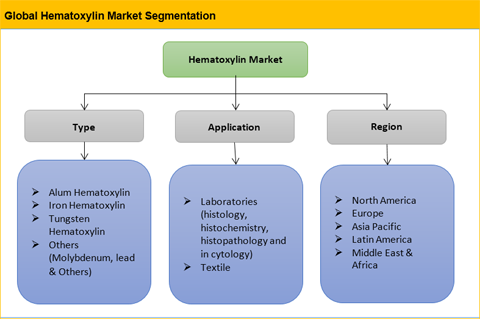 Hematoxylin Market Size Share Trend And Forecast To 2025
Hematoxylin Market Size Share Trend And Forecast To 2025
Regressive stain with staining time of 1-16 hours at room temperature and 1-2 hours at 60ºC.

Types of hematoxylin dyes. Alum hematoxylin Purpleblue coloration Alum-hematoxylin stains nuclei various shades of purpleblue Specific staining Non-specific staining may also occur o Cytoplasm o Mucin. There are a few different types of haematoxylin. Weigerts Hematoxylin an iron hematoxylin dye is used to stain the nuclei.
This allows the nuclei to be stained with a dark bluish or purple color due to its interaction with the dye Hematoxylin 091922 while the cytoplasmic components to stain pink due to Eosin interaction. Routine stain for nervous tissue also used to stain muscle striations and fibrin. 2 Use as a histologic stain.
Hematoxylin the most commonly used nuclear dye most commonly used natural dye extracted from heartwood of the logwood tree which is native to Central America made in USA. Phosphotungstic acid is used as mordant. 1 Extraction and purification.
There are typically three types of HE stains. Use as a writing and drawing ink. This stain binds preferably to the nucleus because it is more basophilic.
PREPARATION OF HEMATOXYLIN STAIN. To produce a functional dye hematoxylin is oxidized to hematein and subsequently is bound to one of several metal ions including aluminum Al 3 iron Fe 3 and chromium Cr 3. Progressive modified progressive and regressive.
Nuclei mitotic structure mitochondria mucin hemoglobin elastic fibers muscle. This is in contrast to other nuclear stains that label the nucleic acids. Hematoxylin a basic dye imparts blue-purple contrast on basophilic structures primarily those containing nucleic acid moeties such as chromtatin ribosomes and cytoplasmic regions rich in RNA.
Mallorys phosphotungstic acid hematoxylin. Harris hematoxylin is routinely used as the preparation is easy and has less ripening time. Mercuric oxide Harriss or sodium iodate Gills.
Essentially the hematoxylin component stains the cell nuclei blue-black showing good intranuclear detail while the eosin stains cell cytoplasm and most connective tissue fibers in varying shades and intensities of pink orange and red. The main difference between this dye and hematoxylin is that Nuclear fast red stains nucleic acids red in only about 5 minutes. Hematoxylin Hematein complexed with Al3 is the most common form of hematoxylin used for nuclear staining.
Biebrich scarlet-acid fuschin solution stains all the acidic tissues such as the cytoplasm muscle and collagen. As its name suggests HE stain makes use of a combination of two dyes haematoxylin and eosin. Progressive staining occurs when the hematoxylin is added to the tissue without being followed by a differentiator to remove excess dye.
Oxidized hematoxylin is combined with aluminum ions to form an active metaldye complex that stains the nuclei of mammalian cells blue by binding to lysine residues on nuclear histones. Which type of hematoxylin is routinely used and what is staining method. Harriss Mayers Carazzis and Gills.
The samples are formalin-fixed paraffin-embedded sections or frozen sections. Nuclear fast red also called Kernechtrot dye is another nuclear stain. An acidic eosin counterstains the basic elements such as RBCs cytoplasm muscle and collagen in varying intensities of pink orange and red.
TUNGSTUN HEMATOXYLIN Mallory phosphotungstic acid hematoxylin PTAH is an example. Probably the Hematoxylin-Eosin staining HE. The stain shows the general layout and distribution of cells and provides a general overview of a tissue samples structure.
This stain produces colors different tissue structures which would otherwise be transparent so that you can get a detailed view of the tissue. The hematoxylin stains cell nuclei blue and eosin stains the extracellular matrix and cytoplasm pink with other structures taking on different shades hues and combinations of these colors. Eosin Yellow Y is the most commonly used stain in histopathology laboratory.
Hematoxylin not a dye itself produces the blue Hematin via an oxidation reaction with nuclear histones causing nuclei to show blue. Anionic dyes are important for staining cytoplasm extracellular structures. The rest of the cell.
Use as a histologic stain. Can be prepared using hematein no oxidation required. Reagents Distilled water Alum hematoxylin Acid alcohol Scotts tap water Eosin dye.
Stains in shades of blue and red. Haematoxylin and Eosin For routine examination haematoxylin and eosin HE is the stain of choice. Considering all of its versatility in routine and rare variations of Hematoxylin staining it can stain the following.
Hematoxylin and eosin Hematoxylin and eosin HE is the most widely used stain in histology and allows localization of nuclei and extracellular proteins. Hematoxylin is oxidized naturally can also be oxidized using potassium permanganate. Use as a textile dye.
This dye is resistant to decolorization by acidic staining solutions. What are the types of hematoxylins. Various types of Eosin stains are available like Pink Red Orange and Yellow.
These differ in part according to the oxidizing agent added eg.
 Histology Hematoxylin Eosin Staining Showing Heterotopic Gastric Download Scientific Diagram
Histology Hematoxylin Eosin Staining Showing Heterotopic Gastric Download Scientific Diagram
 Application Of Hematoxylin Reagent For Sperm Cell Separation In Sexual Crime Evidence Sciencedirect
Application Of Hematoxylin Reagent For Sperm Cell Separation In Sexual Crime Evidence Sciencedirect
 Histology Hematoxylin Eosin Staining Of A Native Skin Biopsy B Download Scientific Diagram
Histology Hematoxylin Eosin Staining Of A Native Skin Biopsy B Download Scientific Diagram
 Hematoxylin An Overview Sciencedirect Topics
Hematoxylin An Overview Sciencedirect Topics
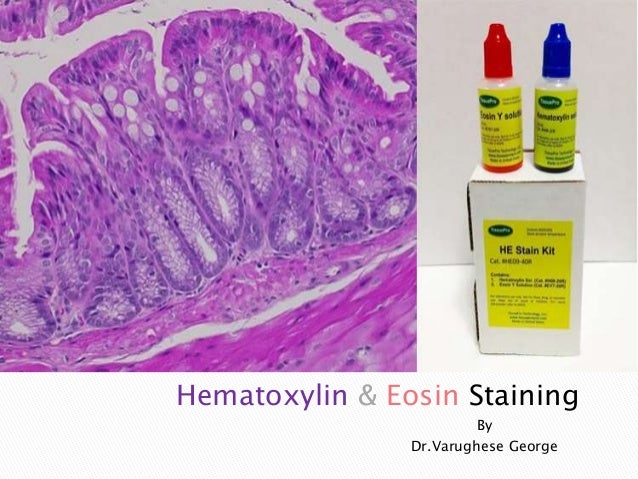 Hematoxylin And Eosin Staining
Hematoxylin And Eosin Staining
 An Intro To Hematoxylin Staining Protocol Hematein Formation Leica Biosystems
An Intro To Hematoxylin Staining Protocol Hematein Formation Leica Biosystems
 Spectral Characterization Of Hematoxylin Eosin H E And Nearinfrared Download Scientific Diagram
Spectral Characterization Of Hematoxylin Eosin H E And Nearinfrared Download Scientific Diagram
 H E And Special Staining Histology Services Research Cro Custom Services
H E And Special Staining Histology Services Research Cro Custom Services
 Image Result For Pseudo Stratified Columnar Epithelial Cells Cell Tie Dye Skirt Tie Dye
Image Result For Pseudo Stratified Columnar Epithelial Cells Cell Tie Dye Skirt Tie Dye
 Hematoxylin Eosin Staining On Mouse Sternum Stain Mouse Presents
Hematoxylin Eosin Staining On Mouse Sternum Stain Mouse Presents
 An Intro To Hematoxylin Staining Protocol Hematein Formation Leica Biosystems
An Intro To Hematoxylin Staining Protocol Hematein Formation Leica Biosystems
Hematoxylin And Eosin H E Staining Principle Procedure And Interpretation
 Hematoxylin And Eosin Stain Medical Videos Stain H E Stain
Hematoxylin And Eosin Stain Medical Videos Stain H E Stain
Hematoxylin And Eosin Staining Protocol Principle Procedure Results
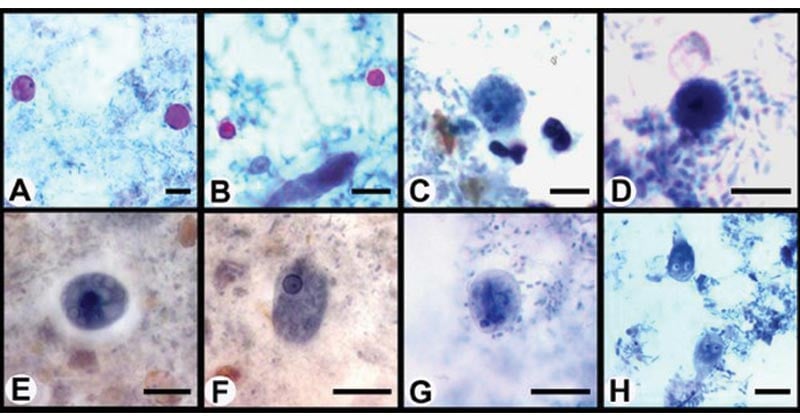 Iron Hematoxylin Staining Staining Microbe Notes
Iron Hematoxylin Staining Staining Microbe Notes
